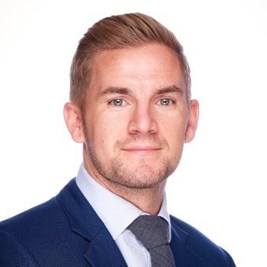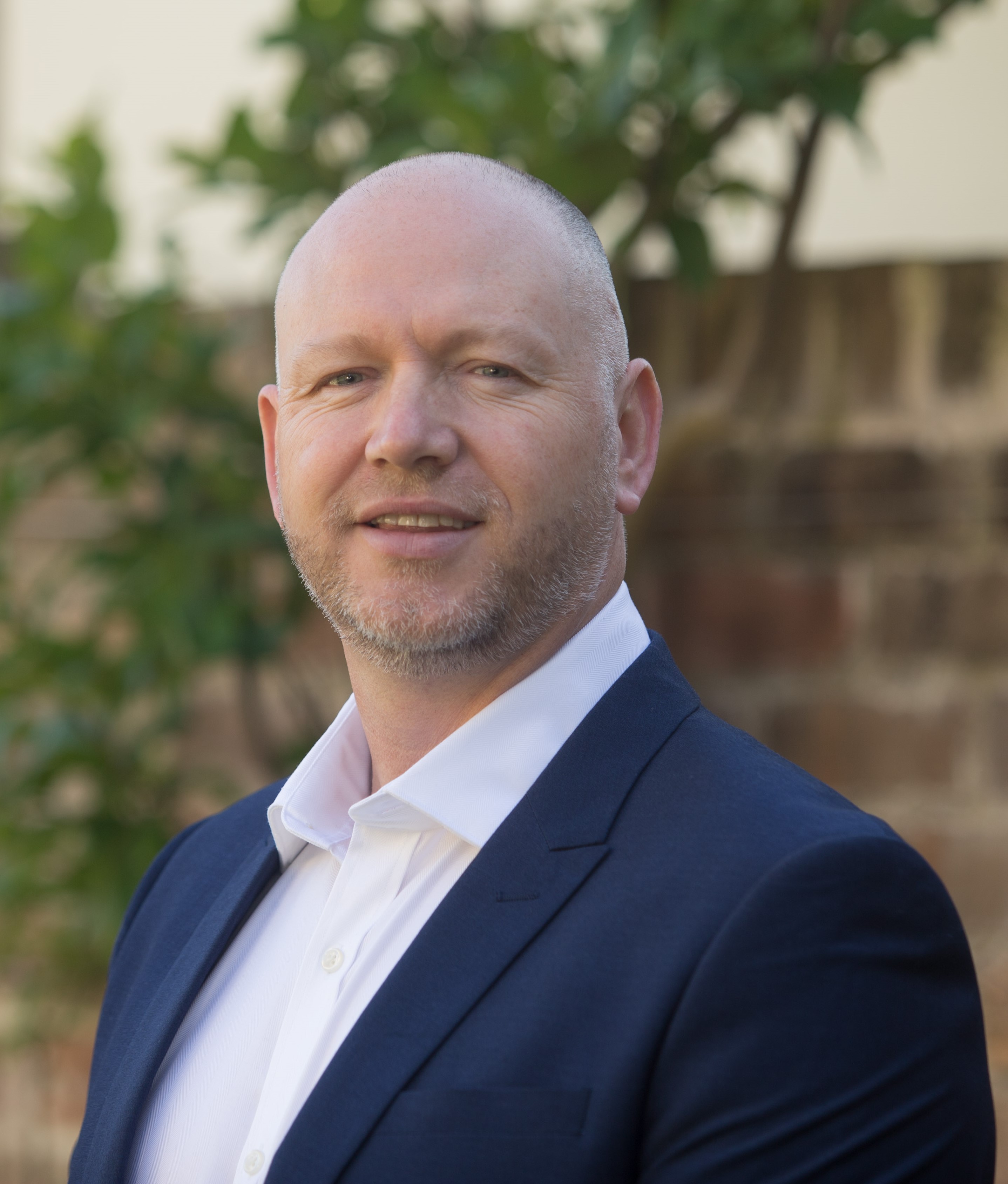Peter Smith, CMIRM, Partner at QuantPro Consultants, United Arab Emirates
Peter Smith, CMIRM
Partner at QuantPro Consultants
United Arab Emirates
How did you get started in risk?
I actually came across risk management as I researched stock broking courses while applying for university at the end of school. I was always strong with maths and problem solving so financial risk appealed to me.
It was on the course at Glasgow Caledonian University (which was closely linked with IRM qualification contents), that I learned about the multiple sectors of risk from health & safety to business/strategic (or ERM) risk to the financial stock markets and derivatives etc. However, it ended up being the project risk management side that drew me as I learned about Monte-Carlo risk analysis and probabilistic theories; I am also still fascinated with the psychology of decision making and the work of Tversky & Kahneman, which underpins almost all aspects of risk management.
After Graduating I had two job offers one in financial risk at Morgan Stanley and one in project risk Network Rail, two very different paths.
I opted for Network Rail and it proved a great education as I learned about people management, facilitation techniques and applied the psychology of risk management that I learned at university to the project risk management process as well as developing the mathematical practice of quantitative risk analysis.
I’ve since covered almost all project sectors from aviation to mining to oil & gas and my latest project analysis on the Hyperloop One Project which is a fascinating combination of traditional infrastructure and innovative technology so the risk profile is unique.
What’s a typical day like?
I have multiple ‘typical days’ depending on what I am working on. They consist of:
1. Carrying out estimates and/or schedule Interrogation for a client, helping improve base schedules and estimates before carrying our risk analysis identifying and mapping risk and uncertainty on the estimate and/or schedule and reporting results and recommending strategy going forward.
2. Writing risk management plans and procedures setting up processes, assessment criteria and controls and reporting processes for clients to establish and improve risk management within organisations and projects
3. Researching, writing and presenting on risk management and the industry. I try to be at the forefront of moving risk management forward and ensuring it continually benefits those who implement it properly. Working with the IRM, Strategic Risk and other publications and institutions.
What do you enjoy most about your job?
I enjoy driving projects to improve outcomes and achieve ‘success’. The reason I work in projects is the end goal, the final outcome. Seeing direct benefits and results from risk analysis and management brings a satisfaction and when that leads to seeing the final product of the finished project it’s great to look at it and think…I made a difference. When risk is integrated into the project management process, the controls processes and the project culture, decisions are made better from it, risks are mitigated and opportunities are seized, this then creates an environment for success. A great example of this is the Edinburgh Trams Project, after years of disputes and delays and spiralling budgets, Turner & Townsend were appointed to finally get a grip of the scope and drive its completion. I was brought in by T&T to trouble shoot the project and establish a risk & value management process that would drive project control and success. A year and a half later and the project was in its final stages of completion. I met my wife while working on that project and we decided to get married in the city and I actually used the tram for the first time on my wedding day, which was a feeling of satisfaction that comes from successfully driving projects through risk management.
What are the challenges?
By far the biggest challenge in project risk management fighting against the often negative perception of risk management caused by poor risk managers and poor risk management processes. So often a templated qualitative risk process is rolled out that effectively is no more than a monthly tick box update of a risk register that is not linked to decision making, project controls or project management in any significant way. Therefore I often meet with project managers, cost managers and engineers that do not believe in risk management because they do not know of its benefits as they have never seen it. Therefore I spend a lot of time convincing those who are not bought into risk management, due to previous experience of poor risk management, that it can be of great value and should be central to the project management process.
In what way are your IRM qualifications relevant?
The great thing about the IRM qualifications, like the Glasgow Caledonian University Degree, is that it covers a wide range of risk subjects while providing a consistent core. The dedication to risk as a profession, the culture and the technical aspects is great and for me, being CMIRM has been a great asset in showcasing my knowledge and understanding of risk management.
What would you say to others thinking about joining IRM as a member?
As I always do, I recommend the IRM qualification and association as the globally recognised authority on risk management. CMIRM separates the risk management experts from those who have a 3 day course and certificate to show.
How has your role developed and what are your career ambitions? Has being linked to the IRM helped?
I have recently established my company QuantPro as a specialist in project risk and controls. My aim is to provide expert quantitative risk management that is so entwined with project controls that it drives projects to success. I’d like to establish the service to allow clients and contractors alike to utilise risk management and quantitative risk analysis to better their projects and get the best out of the risk process for better decision making.
Top tips
To get into risk management I would suggest choosing your area of interest/expertise: Projects; Enterprise; Insurance, Finance or H&S. Then utilising the resources the IRM has, to venture down that path both in terms of qualifications and networks. The great thing about risk management is that there is a strong network of risk managers always willing to help fellow professionals.





